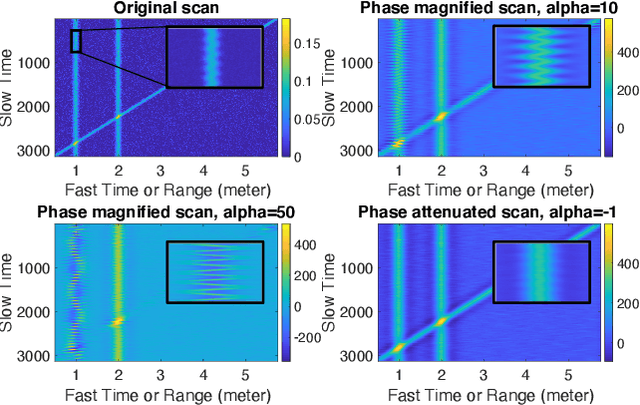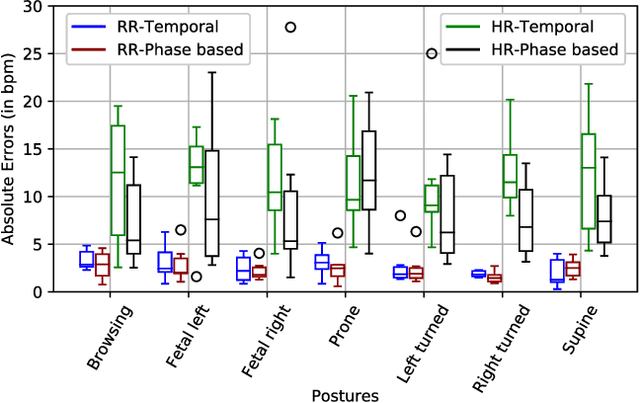Md Farhan Tasnim Oshim
NeRF-enabled Analysis-Through-Synthesis for ISAR Imaging of Small Everyday Objects with Sparse and Noisy UWB Radar Data
Oct 14, 2024



Abstract:Inverse Synthetic Aperture Radar (ISAR) imaging presents a formidable challenge when it comes to small everyday objects due to their limited Radar Cross-Section (RCS) and the inherent resolution constraints of radar systems. Existing ISAR reconstruction methods including backprojection (BP) often require complex setups and controlled environments, rendering them impractical for many real-world noisy scenarios. In this paper, we propose a novel Analysis-through-Synthesis (ATS) framework enabled by Neural Radiance Fields (NeRF) for high-resolution coherent ISAR imaging of small objects using sparse and noisy Ultra-Wideband (UWB) radar data with an inexpensive and portable setup. Our end-to-end framework integrates ultra-wideband radar wave propagation, reflection characteristics, and scene priors, enabling efficient 2D scene reconstruction without the need for costly anechoic chambers or complex measurement test beds. With qualitative and quantitative comparisons, we demonstrate that the proposed method outperforms traditional techniques and generates ISAR images of complex scenes with multiple targets and complex structures in Non-Line-of-Sight (NLOS) and noisy scenarios, particularly with limited number of views and sparse UWB radar scans. This work represents a significant step towards practical, cost-effective ISAR imaging of small everyday objects, with broad implications for robotics and mobile sensing applications.
Eulerian Phase-based Motion Magnification for High-Fidelity Vital Sign Estimation with Radar in Clinical Settings
Dec 03, 2022



Abstract:Efficient and accurate detection of subtle motion generated from small objects in noisy environments, as needed for vital sign monitoring, is challenging, but can be substantially improved with magnification. We developed a complex Gabor filter-based decomposition method to amplify phases at different spatial wavelength levels to magnify motion and extract 1D motion signals for fundamental frequency estimation. The phase-based complex Gabor filter outputs are processed and then used to train machine learning models that predict respiration and heart rate with greater accuracy. We show that our proposed technique performs better than the conventional temporal FFT-based method in clinical settings, such as sleep laboratories and emergency departments, as well for a variety of human postures.
 Add to Chrome
Add to Chrome Add to Firefox
Add to Firefox Add to Edge
Add to Edge